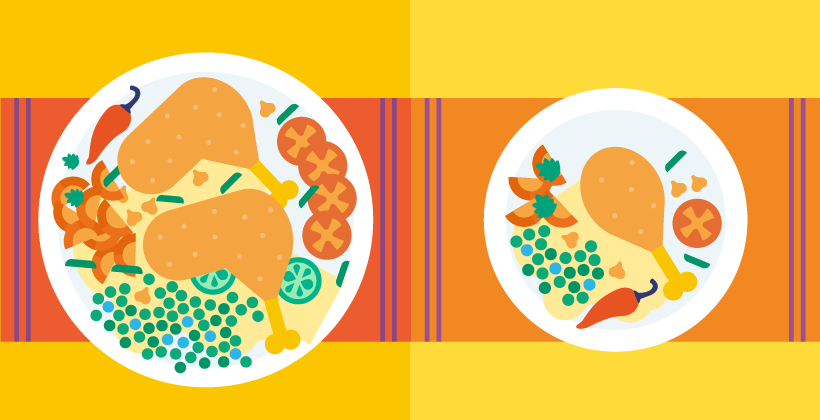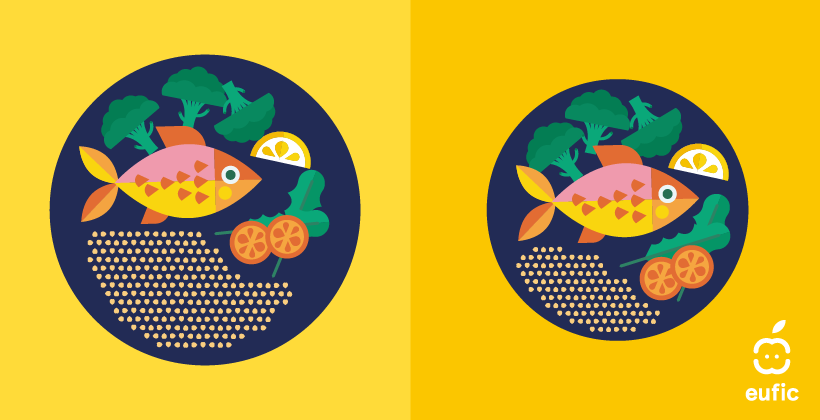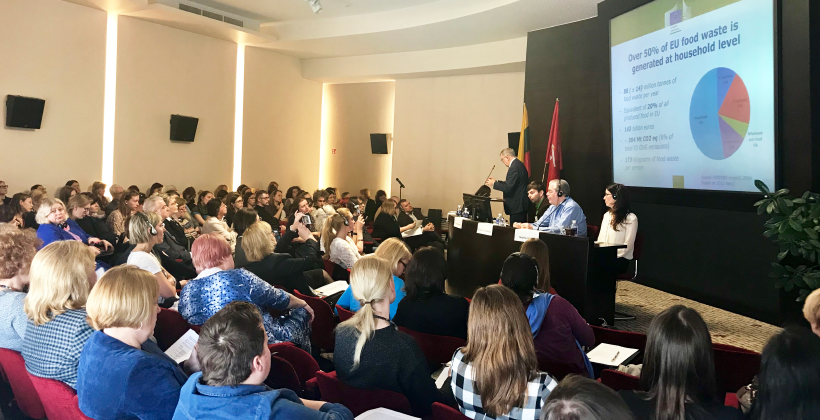Portion size (2010-2011)
Last Updated : 11 February 2011In a study among six European countries (Germany, UK, Spain, France, Poland and Sweden), we surveyed over 13,000 consumers on how they make sense of portion sizes and how they use this information when considering how much to eat.
Portions were generally described by consumers as the amount consumed by one person in one sitting. Across all countries, however, people felt that a portion is the amount a person should be eating or drinking rather than what they are likely to consume. They were also unsure of who or what factors determine portion size. Food producers were most frequently mentioned as those responsible for setting portion
sizes.
Our results showed that only one third of consumers claimed to have looked regularly for portion information on food and drink labels although half of participants said it was relevant to them because it would help them determine the amount to buy, eat or prepare, and it helps them monitor their food and nutritional intake.
The preferred presentation format for portion information depended on the type of food. Per pack was the preferred format for most of the foods types tested. Per 100 g/ml was the preferred format for cheese, soft drinks, soup and condiments. And where the food type can be split into single units, nutrition information by unit was the most or
second most preferred format.
Also, the perception of portion size increased as pack size increased, meaning that peoples’ portion estimates were larger for larger packs, thus calling it the ‘pack size effect’. Specifically, portions were based on larger portions for larger packs compared to smaller packs as well as more items to make up a portion. Portions were stated to be larger in all cases.
Additionally, when it comes to reference amounts on pack, we found that where the reference amount of ‘per 100 g’ is very different from the ‘typical’ portion size, products with a ‘per 100 g’ label are rated significantly less healthful than the ‘typical’ or ‘half typical’ portions. Consumers appear to factor the reference amount, that is, the quantity of food for which the nutritional information is being presented, into their judgements of healthfulness. Therefore, appropriate reference amounts are also of importance for the effective presentation of nutritional information.
EUFIC Forum n°5: Consumer response to portion information on food and drink packaging
Publications:
- Hieke, S., Palascha, A., Jola, C., Wills, J., & Raats, M. M. (2016). The pack size effect: Influence on consumer perceptions of portion sizes. Appetite, 96, 225–238. https://doi.org/10.1016/j.appet.2015.09.025
- Raats, M. M., Hieke, S., Jola, C., Hodgkins, C., Kennedy, J., & Wills, J. (2015). Reference amounts utilised in front of package nutrition labelling; impact on product healthfulness evaluations. European journal of clinical nutrition, 69(5), 619–625. https://doi.org/10.1038/ejcn.2014.190
Poster presentation:
- Sadler C, Wills J, Kennedy J & Raats M. (2011, June 15-16). European consumers’ response to portion information on food and drink packaging. NutrEvent, Lille, France. Awarded NutrAward 'Best Scientific Poster'.
Want to know more? Contact sophie.hieke@eufic.org



